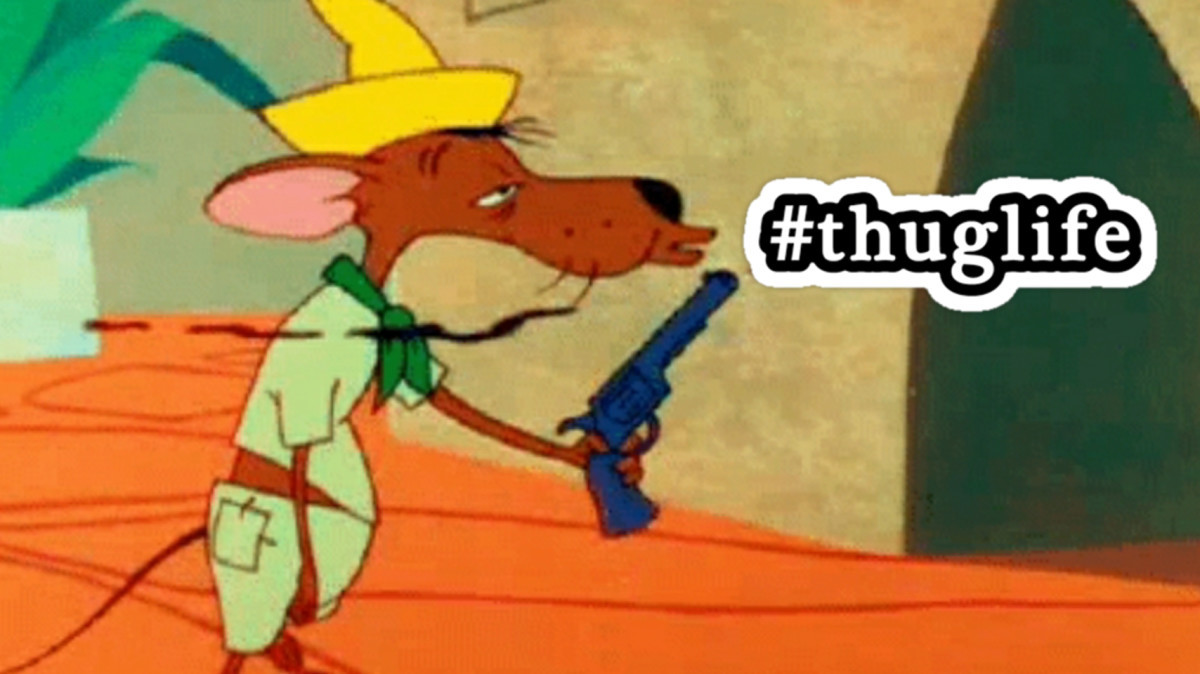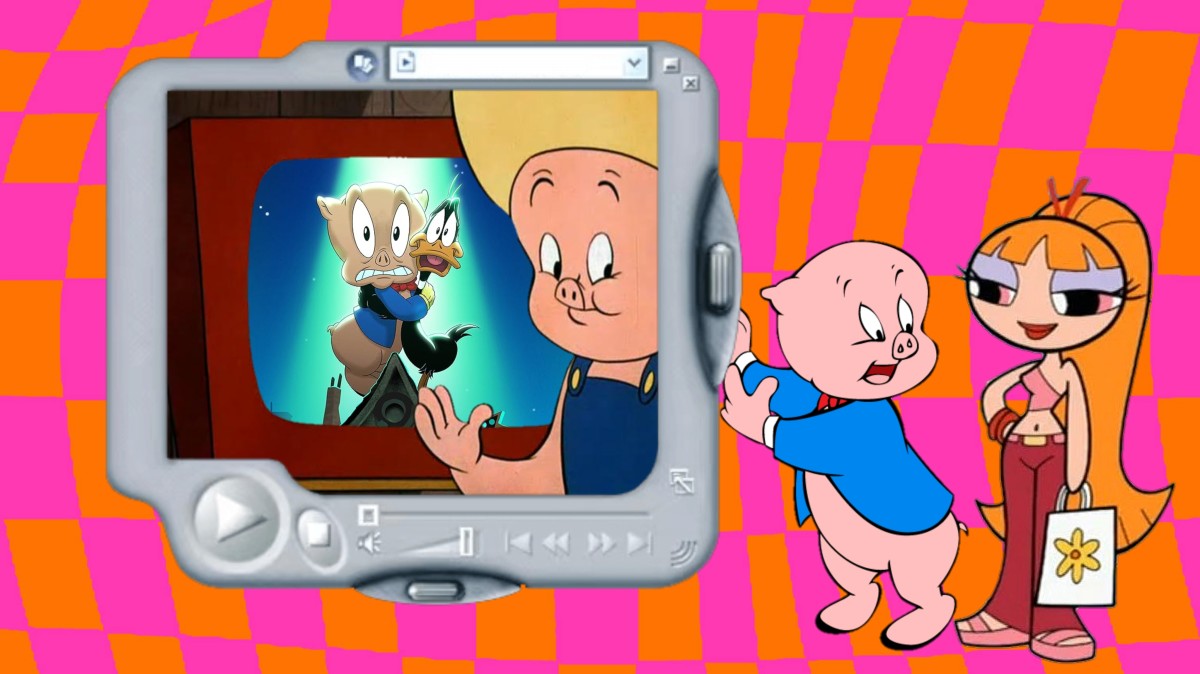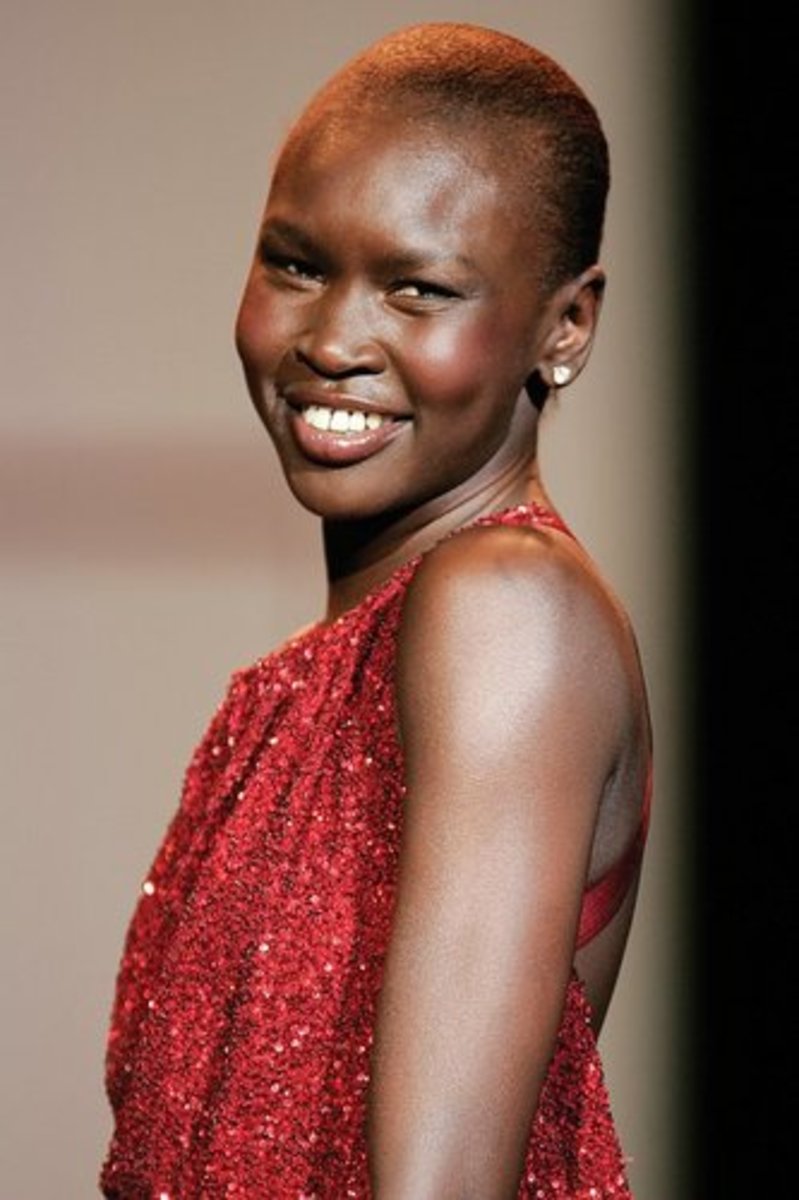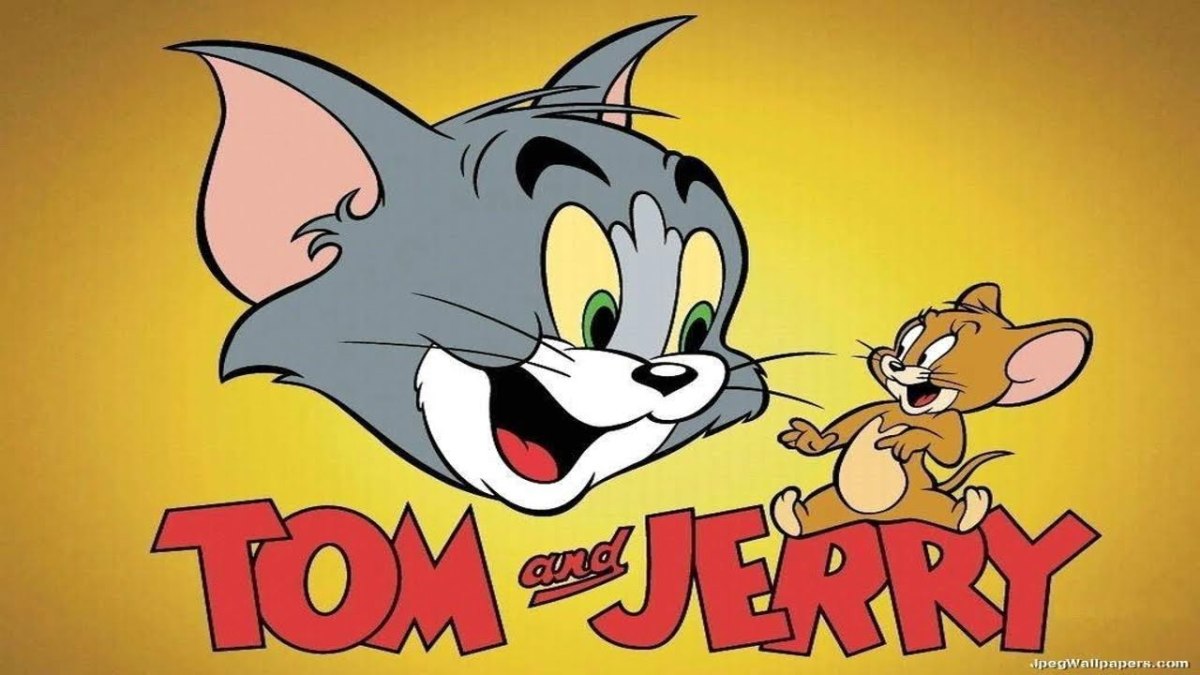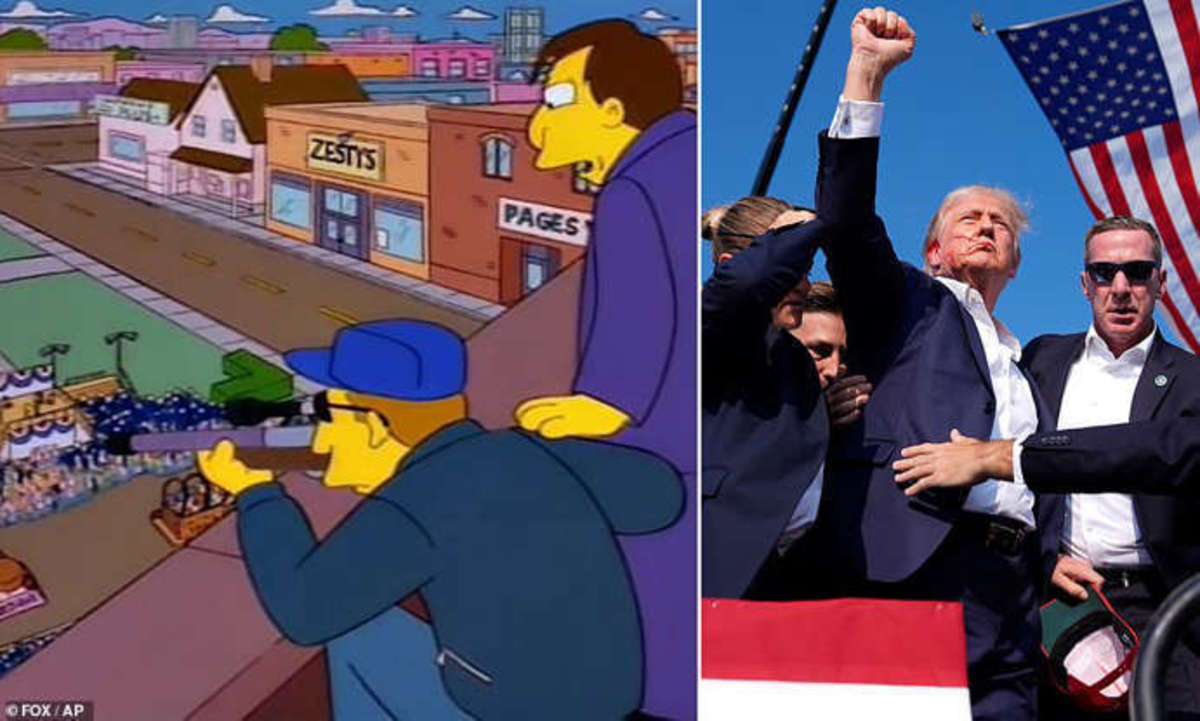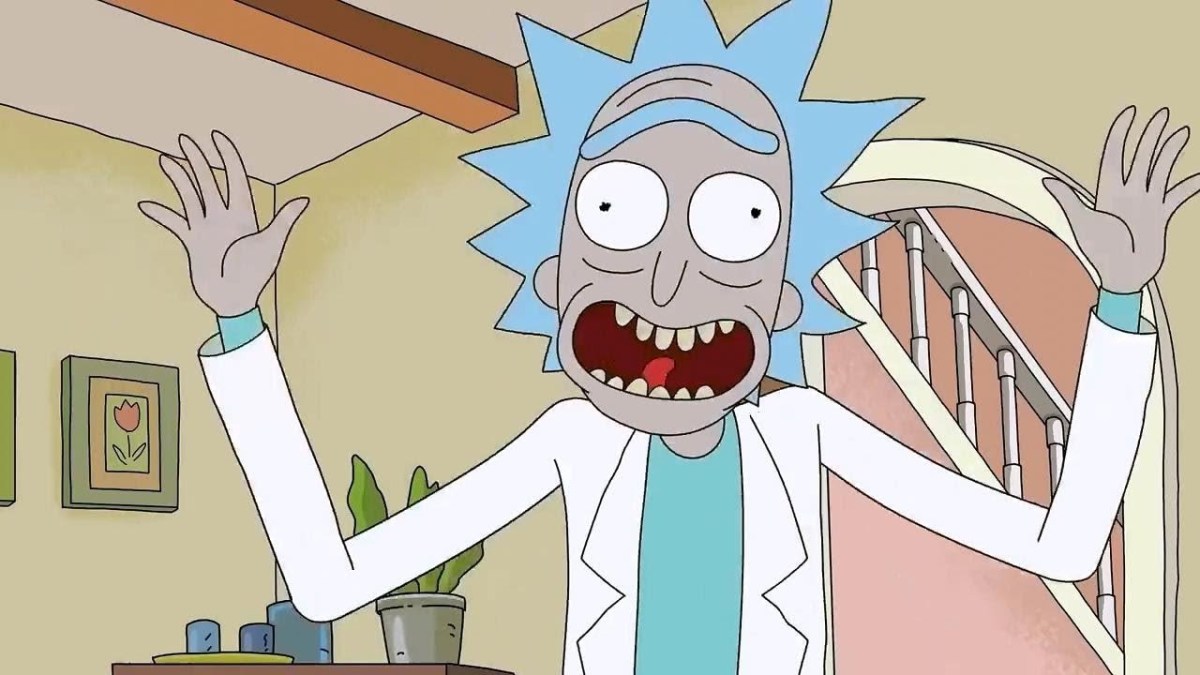Negative Portrayals In Our Cartoons Connected With the Realities and Truths of Our Society
Merrie Melodies and Looney Tunes, Everyone's favorite growing up
In examining Warner Brother’s cartoons, more specifically focusing on Looney Tunes and Merrie Melodies cartoons, this article finds evidence as to the various cultural messages and negative depictions portrayed in cartoons and how it is intertwined with the reality of our society, which is represented through popular culture for the time period. Historically, Looney Tunes and Merrie Melodies cartoons have clearly displayed racism and racial stereotypes, sexism, violence and many other negative messages which are obviously not suitable for children to watch and unfortunately are offensive as well. These cartoons are a representation of American society and popular culture during the time period in which they were created, as is, if you think about it, everything else that is shown on television and in the media. As times change and society changes popular culture changes along with it. It is very interesting to note that some of the cartoons my generation grew up watching would contain underlying biased and racist themes, such as glorifying Western males and oppressing everyone else.
Media:Does it shape our world view? As Sapir-Whorf hypothesized, our language shapes our world and our worldview, here we can put the media in the same position and say that the media shapes our world view, because well the media comes from society and molds society at the same time, so whatever is portrayed in the media if for society and from society because it has to do with popular culture and success.In order for media to be successful it must give society what it wants.Whether society in the 1930’s and society of modern times are better than one another is undistinguishable, because we may have had racism and sexism in our past, but today our society does not even focus on important aspects of life, they focus on the media and popular culture and whatever is portrayed in the media is what modern people use to guide their lives.My point is that although it is shocking that the Warner Brothers displayed negative and inappropriate messages to its viewers, in comparison to all the problems we face in our modern world, concerning our future generations and what is portrayed to them in media, contemporary media may not be that much better off than older media that was displayed.
Origin of Warner Bros Cartoons
Warner Brothers began its animation production in 1929, with the first Looney Tune to ever air, titled Bosko the Talk-Ink Kid,where Bosko became the first official Looney Tune which caused significant popularity for Warner Brothers productions.The success of the first Looney Tunes show allowed for the Merrie Melodies production to begin in 1930, and from then on their success boomed and we came to know the familiar stars of Looney Tunes such as Bugs Bunny, Daffy Duck and Porky Pig.Originally, the Warner Brothers cartoons were aimed at adult audiences, and their successes came from being shown in theatres, but by the mid-1950’s they made their way to television screens which caused for the shift in the audience from adults to children. This became problematic because although censorship of cartoons did already begin in as early as the 1930’s, children were not the main focus for the audience.In the 60’s and 70’s, since the target audience became children, concerns over children’s television started to become in effect, where shorts were edited in many cartoons, and scenes were removed that may have been seen as offensive and deemed inappropriate for children.Children are sensitive beings, and any negative depictions portrayed for their own selves can be damaging as well as for other children around them.A child will not notice the cultural and societal messages the cartoons are carrying unless it is pointed out to them, such as sexism, racism and racial stereotypes, but negative behavior such as violence and smoking that was displayed in Warner Brothers cartoons is noticed by children, which is not a good example of what children should be seeing on T.V.
At a glance, cartoons, then and now
Cartoons in the 21st century are vastly different from when they first arrived to American society in the early 1900s. Warner Brothers productions, specifically Looney Tunes, and Merrie Melodies cartoons are significantly different today, than they were in their prime years.Warner Bros unfortunately started out their success by creating cartoons that depicted racism, racial stereotypes, sexism, violence, and other negative portrayals in accordance with most likely what American society was asking for at the time which later was found that it may have been perceived as offensive to their audiences. I found it to be problematic among mothers’ comments I observed on a website called tipletmom, where the topic was what cartoons mothers don’t let their children watch.I found that mothers experienced problems when choosing between today’s cartoons because of all the gender roles that are encouraged within them.Cartoons today tell young girls that they should wear makeup and be pretty so the boys can like them, but really?Is that something little girls should be learning?Popular culture rules all media, and whatever is portrayed in the media, is connected with the realities and truths of our society.Warner Bros cartoons, in the 1930’s were much blunter than today’s cartoons, because of how society was then and now.Since today, the majority of the world owns televisions; there is easier access to media on television, which makes producers more cautious of what they will air, especially because society today is more aware of the problems that can arise when the media portrays offensive material to the world on television. The cartoons, at a glance, may not appear to be harmful or very different, but if one really pays attention, they will notice differences from the 1930’s and now, such as their different attitudes, the way they looked, the words they used and the underlying messages imbedded in the cartoons, which are more carefully thought out and shown with caution on today's television screens, than in the early 1900’s.This helps today’s production companies prevent future problems of having to censor their productions.
The Censored 11
In 1968, 11 Warner Bros. cartoons which were deemed too offensive to be aired on television, were withheld from distribution, which I would like to point out,is condoning the American “way” of hiding the truth from our people and more specifically our children which can be a good thing and a bad thing.The cartoons that were censored are a part of American history, but much like our educational institutions work hard today to cover up and sugar coat our dirty history concerning colonization in America, in the story that we all learn of how Christopher Columbus “discovered” America, censoring the politically incorrect Warner Bros cartoons is doing the same thing.We are hiding and covering up our societies past mistakes, which has helped make America what it has become today.The cartoons wrongfulness has been acknowledged for a long time now, and in acknowledging the negative, it can help society learn from it, get past it, and move forward.Although, the censorship of the 11 cartoons is not so valid today, since with the internet is in existence you can find, watch and buy the cartoons very easily.
Why and when does censorship occur?Censorship often occurs in our country, after an important traumatic event has occurred which makes people more vulnerable, for example, after the disaster of 9/11 occurred, movies were censored that pictured the twin towers, and other kinds of accommodations were enacted in media, such as carefulness in the use of certain words in T.V and movies, in order to protect the vulnerable affected during 9/11, to prevent offending the public and to maintain our societies political correctness.In the past, Warner Bros cartoons involved a lot of violence, smoking, racism and racial stereotyping, sexism and inappropriate almost sexual behavior, such as Pepe Le Pew chasing around a female cat, and engaging in aggressive almost sexually assaulting behavior.Warner Bros censorship came at a time when blacks were fighting for equality, women were fighting for equality, and wars recently occurred in our history in which wars especially, were portrayed in many Warner Bros productions which is where a lot of the racial stereotype depictions came from.
A mini comparison of the differences in children targeted T.V shows, then and now.
Studying various different cartoons, I came to find that not only did clear racism and racial stereotyping exist in Warner Bros cartoons, but also the female depiction was either non-existent, or sexualized.Older cartoons allowed more skin to show, rather than today breasts are not usually exposed as they once were.Women in the cartoons are usually annoying, or don’t talk at all.Violence was all over older cartoons.Smoking cigarettes was normal in cartoon showings, whereas today that is very negative and would cause uproar among parents who care what their children watch on T.V.Although, today there are more T.V drama shows for children, that I don’t agree with such as Nickelodeon shows teaching young pre-teens to have boyfriends and put on makeup.Cartoons teach girls to be a certain way, as well as boys, then and now, but today it is done in a more drilling way, with magazines, T.V, movies, toys, clothes, etc, for the young, teach them that they must be a certain way (for example the media teaches us how to look a certain way, or dress a certain way) to be of importance in society.Although cartoons in the early 1900’s displayed inappropriate content for children audiences, they did not do so much harm as today’s children shows which it seems may cause children to be self conscious of their bodies at a very young age. Popular CultureOur society is reflected on the popular culture that exists for that time period, and unfortunately, at the time the Warner Bros developed Looney Tunes and Merrie Melodies, racism was a norm in our society, as well as sexism, so it was perfectly acceptable to the public for the depiction of negative phenomena in the media at that time, because that’s how life was then.The oppressed were people of color and women, and “man” dominated America, white males specifically, therefore using discriminatory depictions in cartoons was seen as funny to most of American society at that time.Just as sex sells today, and the media portrays sex in almost everything and anything it possibly can, racism, racial stereotypes, sexualization of females, and sexism among other negative depictions, were “in” or popular in our history, and the Warner Bros cartoons became so successful because they followed popular culture, and their cartoons absolutely without a doubt reflected off what was already going on during that time period of the 1930’s.
Negative Female depictions
America as well as many other countries of the world have been known to be very sexist, and in the academia world it is very well established that through evidence from actual scholarly papers, society has been male biased, and this is shown through their use of language.Sally Slocum, in her paper Woman the Gatherer:Male Bias in Anthropology points out the male bias in the field of anthropology, and how until the 1970’s, academia was made up of primarily males.Females were usually ignored in academia, until the Feminist movement came along and in the 1970’s more and more women came into the workforce and into various fields in academia.The reason I bring Sally Slocum’s article up, is because first of all her article was written in the 1970’s and that is around the time in American history when women and minority groups started to gain an important place in society.The Censored 11 list was created in 1968 because those particular cartoons were handpicked and chosen to be withheld from being accessed by the public, which may have helped to avoid problems, possibly with the start of the reconstruction of society and its negative culturally constructed mindsets that existed before the 70’s.
Data depicting females in a negative way
Some of the examples of data that I found depicting women in a negative way are, firstly that women are always for the most part sexualized, in almost every type of media that exists.Looney Tunes showed Lola, one of the few female characters in the show in a “sexy” way, where her legs are exposed and her pose is sexualized as well as her eyes and other features.The newer version just shows Lola smiling, standing straight which the latter Lola is more appropriate for children audiences.Also, note that the majority of the Warner Brothers cartoons’ characters represent males and not females.Women were typically ignored in history, even in academia, for example in Clifford Geertz’ article, Cockfighting among the Balinese, Geertz acknowledges his wife being with him on his ethnography, probably once throughout the whole article. Looking at Pepe Le Pew, for example portrays a female cat, which is the target for Pepe Le Pews love interest, yet this female cat never talks, ever.Is this a coincidence?I don’t believe so.Don’t forget that Pepe Le Pew alone is in some way encouraging men to chase after women they want to make “love” to, which also wasn’t something a child should be watching.In newer modified versions of the Looney Tunes, I found Pepe Le Pew to be missing.
Are these cartoons really that bad compared to today’s portrayal of sex everywhere in the media?
Lastly, a cartoon which was censored in 1930 showed a mermaid with her breasts showing, although it just looked like skin with normal smaller looking breasts, nothing all that revealing, in which it was modified to her hair covering her breasts. Keep in mind that the 1930’s still targeted adult audiences.This mermaid example shows how although today the sexualization of females in media still exists; it was more subtle in the early 1900’s than it is today.Not to confuse the reader, but this is just a twist in my research that I thought I’d note, in that the media puts more effort into putting sex everywhere, in your face, and whereas if that mermaid was used in today’s media, let’s say for an adult cartoon, the breasts would be dramatically enlarged, and the mermaid would end up resembling a porn star.
Racial StereotypesMerrie Melodies cartoons were all about racial stereotyping in their early years, and for the majority of my generation it is difficult to believe how much racial stereotyping was being shown in cartoons in my years of growing up, and still shown in the media through various modes of technology, today.Yet, today, because of the various threats that exist, such as being sued for almost anything, companies are more cautious with what they do.Racial stereotyping unfortunately has been shown to be funny to Americans, since cartoons came into play.In media today, movies show racial stereotyping all the time.Looney Tunes portrayed so much racial stereotyping in its’ cartoons, it was unbelievable to me how I never noticed before.Speedy Gonzales and his accent portrayed a stereotypical Hispanic immigrant, black people’s voices and accents in many cartoons were stereotypical as well.An example is a Looney Tune, where a black man dressed as an angel is pointing at an area of the globe that says “Harlem”, while his name was “De Lawd”, as in the Lord.Showing this to children is problematic, because not only does it give children the impression that people with a certain skin color are supposed to act a certain way, but it opens the doors for children to learn how to discriminate and treat others unequal, which isn’t right.Modern times call for modern
“Thank Porn for Making the Internet Hot”
The internet can be used to find anything and everything you can imagine, including old cartoons, and we can thank porn for making the internet so hot, since internet was basically technologically advanced to what it has become today because of sex being a huge factor in internet consumption.The internet today is being used by a great majority of the world, which is both negative and positive because the internet is so huge, there may be things you find on there that you may not want to.The internet was a great source for me in my research because I got to watch many YouTube videos on some of the banned Warner Brothers cartoons, and I found a lot of my important data using the internet.This section of my paper is regarding Warner Brothers censored cartoons easefulness in being found on the internet, which is a debate among many people of our society who expressed their strong- or not, view of being able to easily access these cartoons that depict negative portrayals.Taking into account YouTube, Yahoo questions, simply typing in “racism in Warner Bros” on Google, various forums and informational pages on Warner Brothers’ history, bannedcartoons.com etc., I found tons of information.
Should the cartoons be banished or are they an important part of our history?
I also found a few sites in which one is highbridnation.com, where it addresses this problem directly.The article, Warner Bros 1940’s Cartoons Available on YouTube, from the New York Times, postedby a blogger named Juan in which he then asks the question underneath the article, on whether or not we should we still be upset about these cartoons which were created so long ago.The comments left on this site, by random people, are something along the lines of what I saw on other sites as well- people stating their views on being able to access the cartoons, and many people believe that we are hiding our history by trying to hide these cartoons.Very few people believe that these cartoons should be vanished, but that doesn’t mean that the majority of Americans agree with the cartoons.I watched 3 consecutive videos on YouTube, after typing “sexism and racism in Warner Bros cartoons”, and my goal was to watch the videos first, then look at the comments and tally up relevant comments to gain a mini-insight as to the American perspective of these negative cartoons.Any irrelevant comments or comments I did not understand were omitted from my tally.I basically found that most people, 8 out of the 20 comments that I included, were not offended by these cartoons, and gave insight to the public on their information as to why the cartoons were so negative, in which a general sum of everyone’s comments is that these cartoons should not be hidden because they are part of our history.Four people were offended seemingly greatly, suggesting that the cartoons be vanished, and a whopping 6 people did not see the problem with the cartoons at all, which I found a little shocking.The remaining 2 comments understood that the cartoons were not politically correct, but thought that since they themselves grew up watching these cartoons and came out okay, then it’s not really a big deal.What I found from reading random cohort’s comments is that our society seems to understand that our history had a dirty past, in which in turn our cartoons reflected off of, and displayed racism, racial stereotypes, sexism and distorted depictions of gender and gender roles, in which some of these themes, unfortunately still exist in media accommodated for today’s new generations.For my research, I also conducted a survey of a few questions and handed it out to 20 different Queens College Students.The Questions were basically asking if whether or not the individual knew about the negative depictions that existed in these cartoons or not.Did they feel it was wrong, or just a reflection of our history?And, do they think it affected older generations in a negative way.All the responses I got were that people knew about the negative depictions existing, as I gave them examples as well, but they didn’t think it was a big deal. I surveyed people of color and whites, as well as female and male, and found that our generation simply does not care for racism depicted in cartoons. I feel that after talking to people in our generation, many people don’t think that the negative messages portrayed in Warner Brothers cartoons were really a big deal.
Conclusion
Warner Brothers cartoons such as Looney Tunes and Merrie Melodies have had a lasting impact on my generation and the generations before me.I remember every Saturday being so excited to watch my cartoons in the morning and now that I am older and more educated it shocks me to see that so much of what I was watching held negative depictions, but realizing this also helped me realize that depending on the time and society, whatever is on TV is usually reflecting of the time and society that it is in, in our case American society. This stuff is fascinating to me!
Interesting links about the Censored Eleven
- The Censored Looney Tunes and Merrie Melodies Guide: The Censored 11
This is an amazing site with pictures to show you how times have changed from the early 1900s to now, even though we still are risky in what is portrayed in the media nowadays, back then more was allowed. Today there are more hidden innuendos. - Censored Eleven - Wikipedia, the free encyclopedia
Just a quick definition of censored eleven if your interested.

